40 Easy Home Maintenance Tasks You Should Do Yourself After 40

A home is generally the biggest purchase a person will make in their lifetime. In fact, census data reveals that the average American home cost $404,200 in August 2019. However, it’s not just the down payment and mortgage that eat up a bulk of a homeowner’s finances. According to a 2017 survey conducted by GoBankingRates, Americans spend an average of $1,204 every month (or $14,448 each year) just to maintain their homes. The good news? There are countless ways to save yourself hundreds of thousands of dollars on these repairs and upgrades. Before your 40th birthday rolls around—and before you hand over yet another paycheck to your local contractor—learn how to complete these easy home maintenance tasks yourself.
1
Spackle nail holes
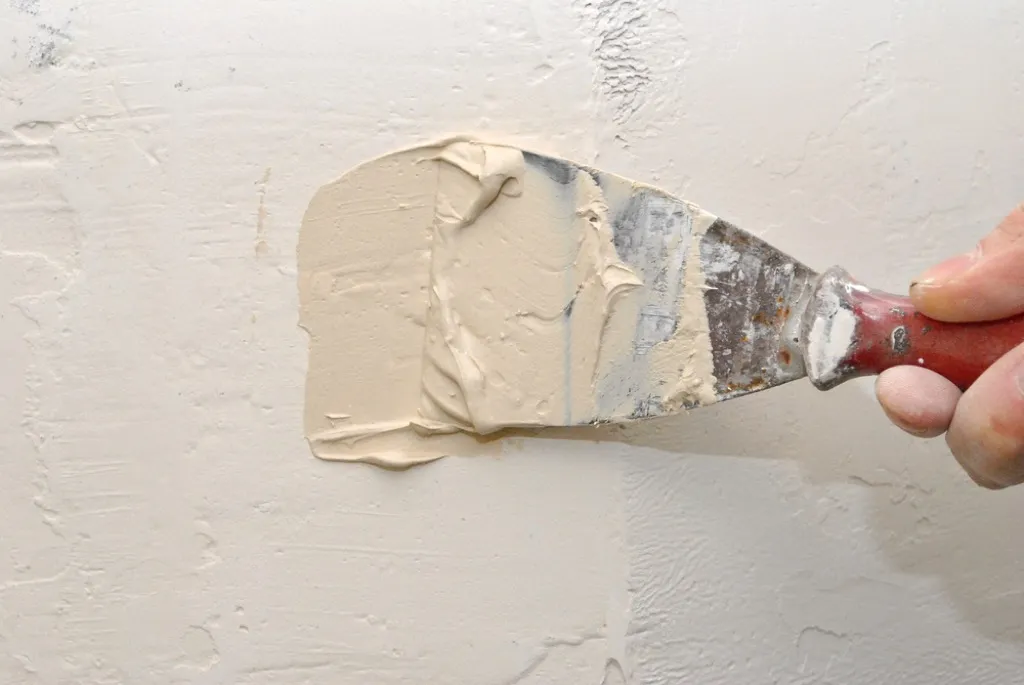
Whether you’re changing out your existing art or are moving into a brand new space, knowing how to spackle nail holes is a useful skill. Fortunately, all you need is a putty knife, a touch of spackle, and some fine-grit sandpaper to even out the surface before repainting and your walls will look like new again in no time.
2
Unclog a drain
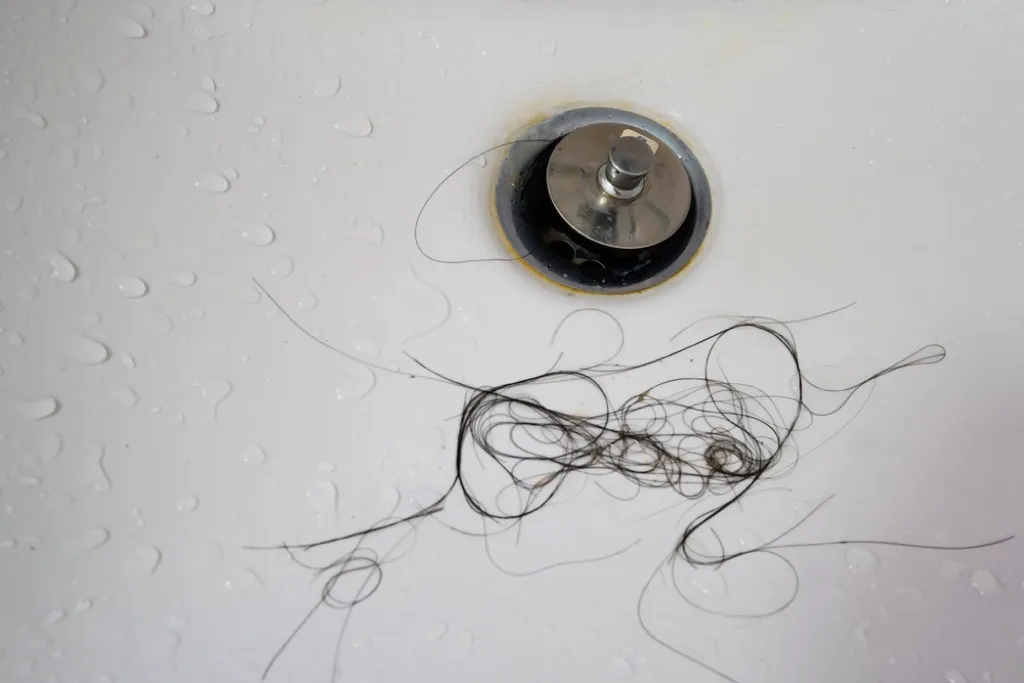
While a bottle of drain cleaner may open up a clogged sink or tub, it’s a good idea to know how to perform this task manually, as well. Not only can drain cleaner put undue wear and tear on older pipes, increasing the risk they’ll develop leaks, but it’s also not always as effective as a more DIY approach. Fortunately, in many cases, a barbed drain snake can undo that clog in seconds, and, if that fails, a few pushes with a drain plunger can help loosen any material clogging things up.
3
Caulk a tub
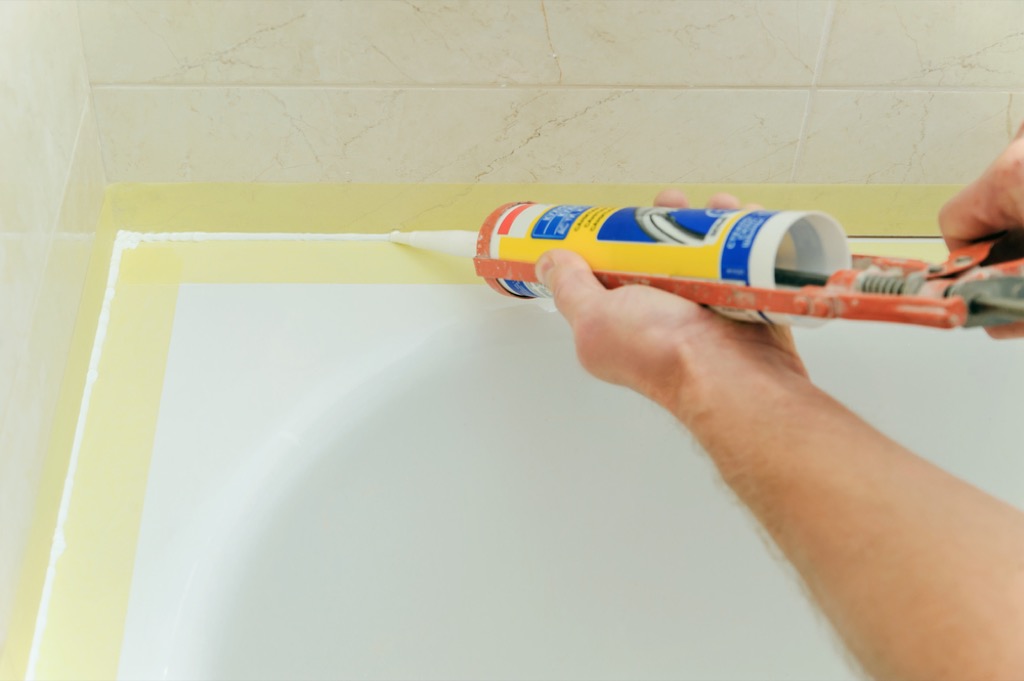
That grimy-looking caulk around your tub doesn’t exactly provide the spa-like experience you might be looking for. Fortunately, adding new caulk is easy. After removing the existing caulk with a utility blade, make sure the area is completely dry and apply painter’s tape around where you’ll be applying your caulk. Pipe the caulk in, spread with a putty knife or cloth, and remove the tape for a perfectly-caulked surface.
4
Find a stud

Wall studs—the vertical framing to which the drywall or lathe and plaster that make up your walls is attached—are essential when it comes to hanging anything without watching the wall crumble around it. Fortunately, electronic stud finders can help you locate a stud within the wall, providing you a durable surface on which to hang something. However, if you don’t have a stud finder handy, you can always wing it: studs tend to be an average of 16 inches from one another inside your wall, giving you a good starting point from which to estimate. By that math, if you can find one, you can find the rest.
5
Paint a wall
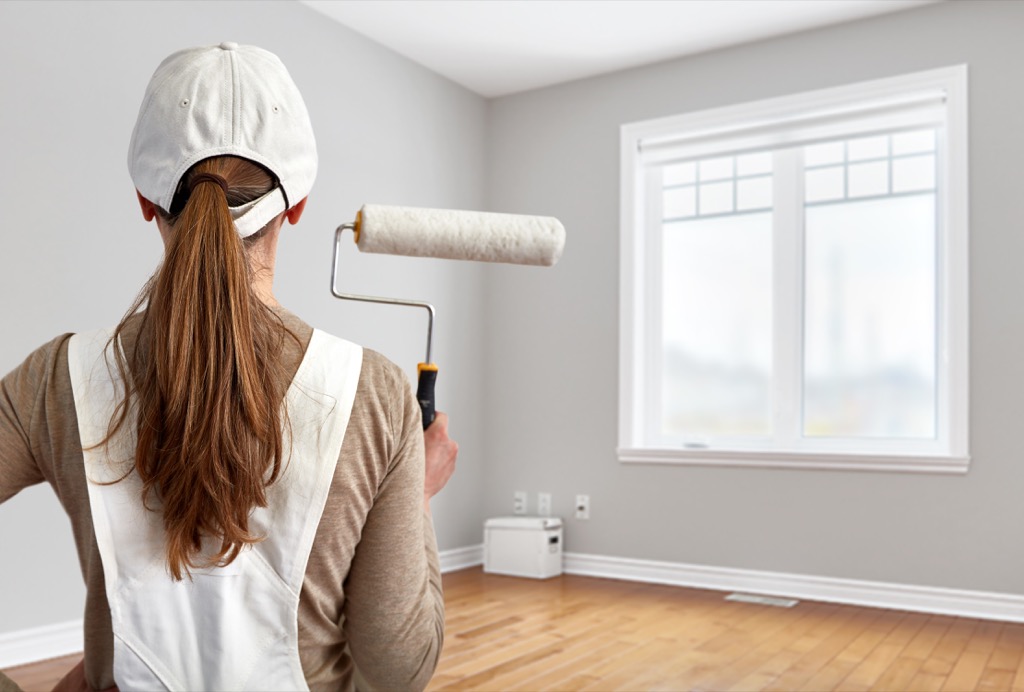
Spending hundreds of dollars to have someone else paint a room for you is hardly a bargain. Luckily, it’s easy to paint like a pro in no time. Before you go to paint your wall, make sure you lint roll your paint roller to enjoy a streak-free application and apply painter’s tape along the edges of the painting area to keep things neat. Next, apply your paint in a V-shaped pattern, using a smaller brush to get into corners. Allow the paint to dry fully before applying a second coat and you’ll have a great-looking paint job before you know it.
6
Fix a running toilet
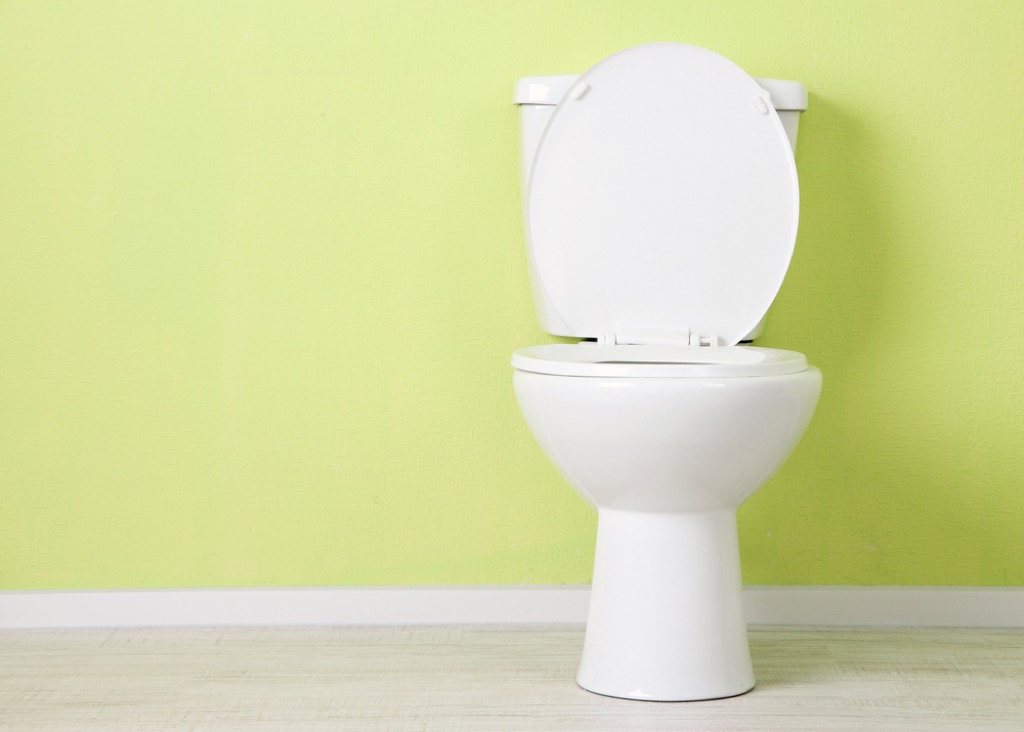
Hiring a plumber can cost a pretty penny. Thankfully, this repair is easy and inexpensive to do at home. First, make sure the chain attached to your flush mechanism isn’t tangled and preventing a proper seal from the tank to the toilet bowl, and untangle or replace if it is. Next, check that the rubber flapper keeping water in the tank isn’t corroded or otherwise damaged; if it is, this is an easy part to replace and should only cost you a few dollars. If neither of those are the problem, lower the float in your tank. The float is typically a floating cup that slides up and down a vertical tube or a rubber ball. Loosen the screw attached above the float, lower the float itself, and screw it back into place in a lower position.
7
Clean gutters
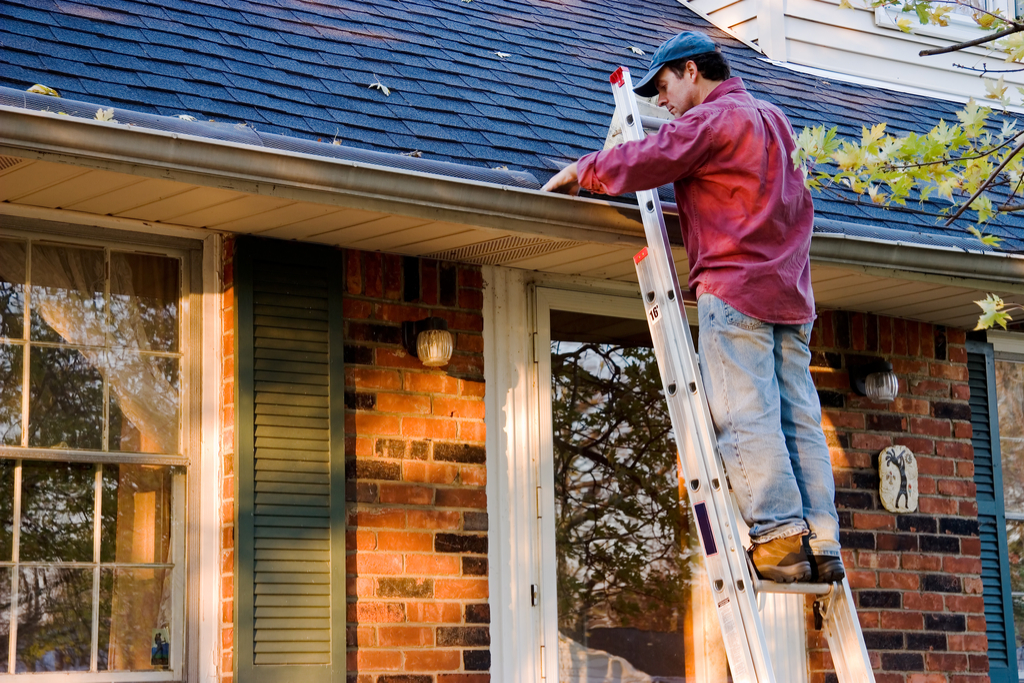
Those clogged gutters aren’t just an eyesore: they can lead to water damage on the outside of your home, or even provide a perfect place for mice or other vermin to nest. If you want to get them clean, get a ladder, a spotter, and a pair of work gloves and take out that mess of leaves threatening to bring down the exterior detail it’s attached to.
8
Restart a furnace
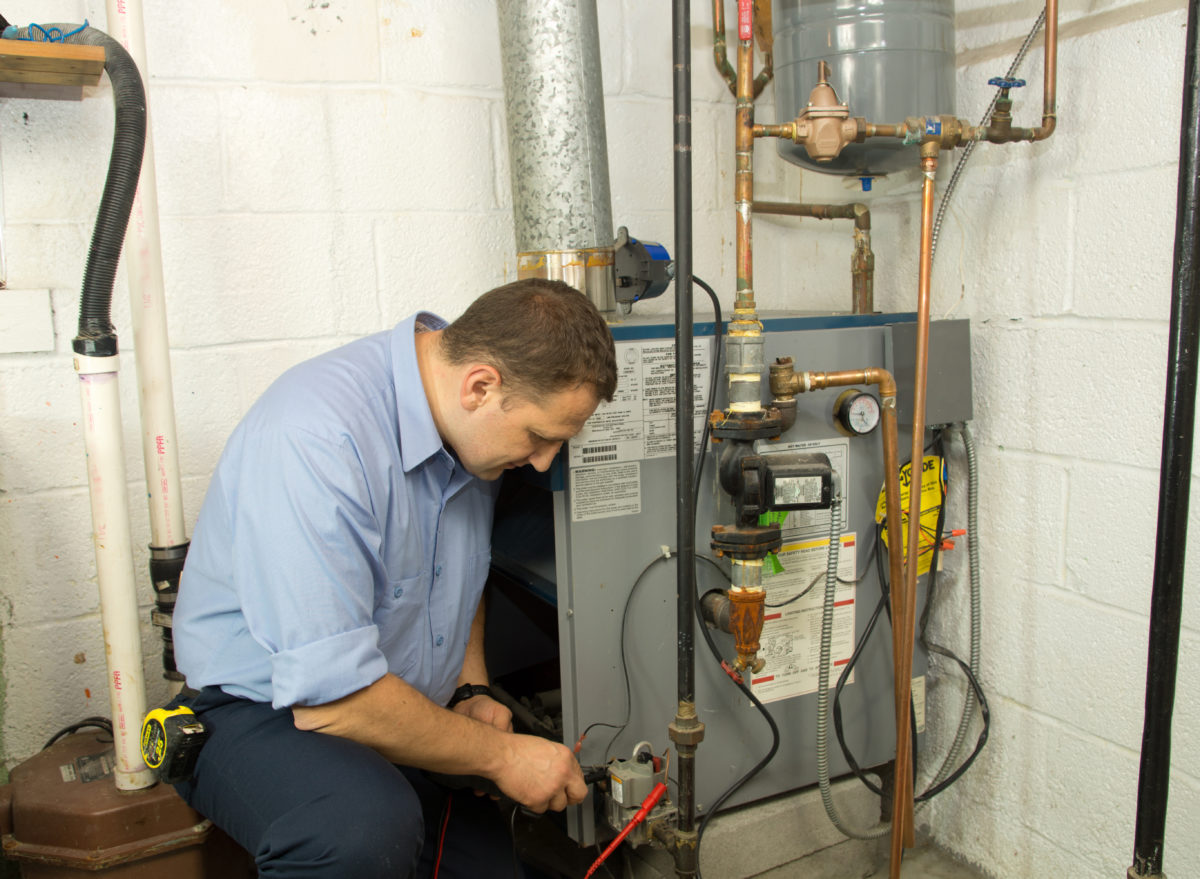
If you happen to run out of oil or have recently changed your furnace’s filter, you may have to restart your furnace. First, flip off the furnace’s power switch and flip it back on again. After refilling your tank, hit your furnace’s reset button, which should reset the furnace. If that doesn’t work, try the power switch again. If that fails to produce results, try bleeding the furnace of excess air.
9
Tighten a dripping faucet
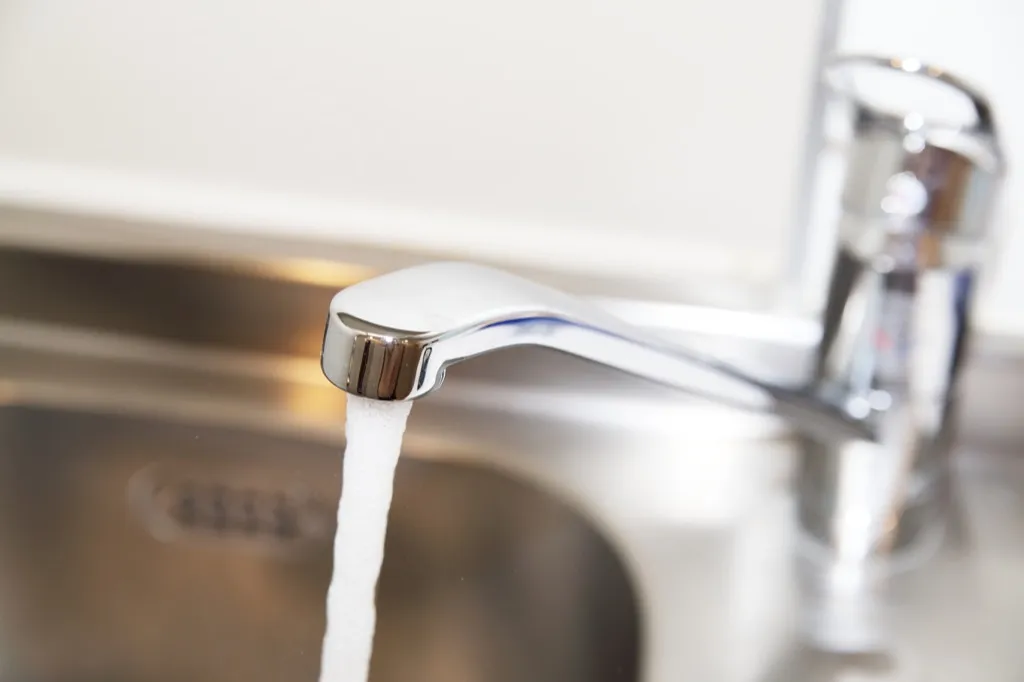
A leaky faucet could cost you hundreds of dollars over the course of a single year. To quell the drip, remove the faucet handle and tighten the packing nut with a wrench underneath the handle. If that doesn’t work, shut off the water, unscrew the entire stem assembly under the faucet handle, and replace the washer at its base before screwing the whole thing back on for a more secure seal, then turn the water back on.
10
Add blanket insulation
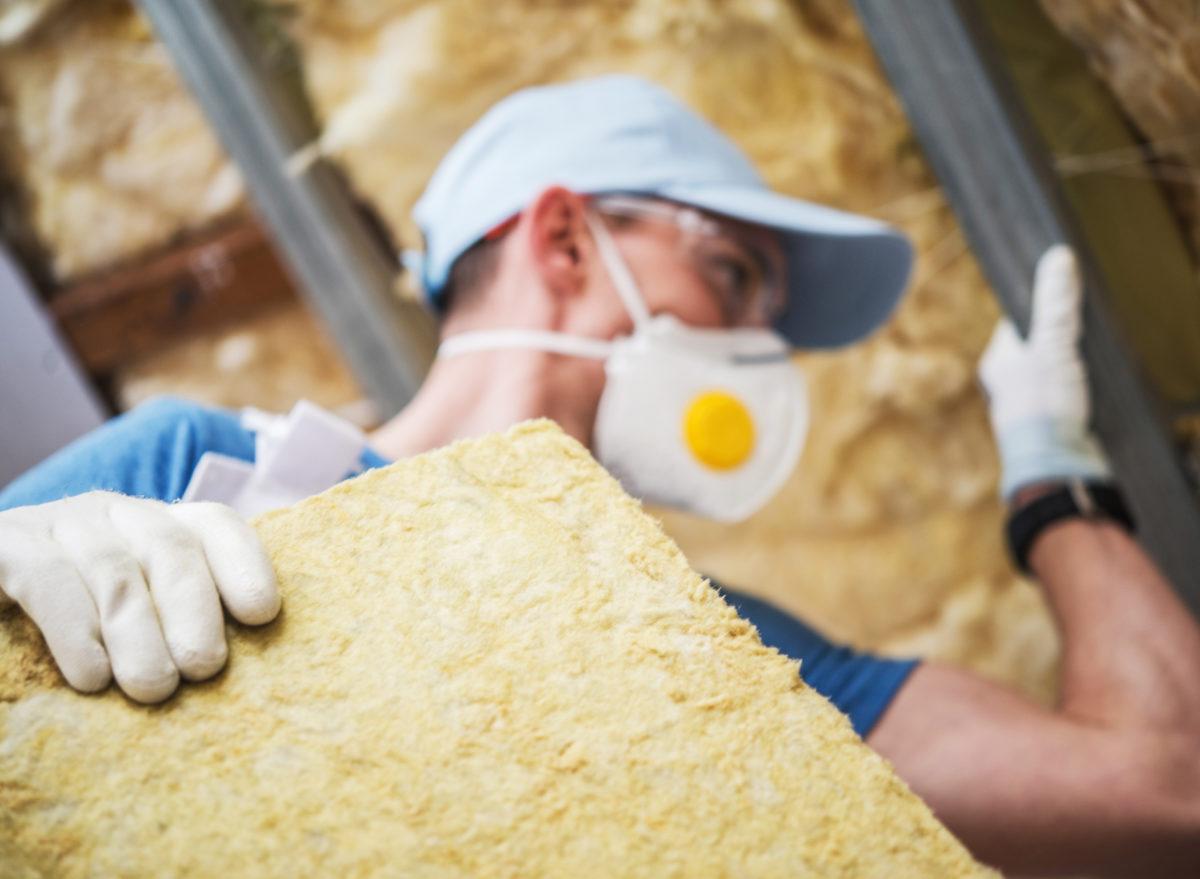
Whether you’ve got an unframed room waiting for finishing touches or an attic that gets drafty, learning to add insulation can help. Fortunately, those rolls of foam insulation are easy to use (and inexpensive, too). Simply stuff the insulation in between the ceiling joists or between wall studs, securing with a nail or staple gun when necessary, and your space will maintain a more comfortable temperature.
11
Replace a shower head
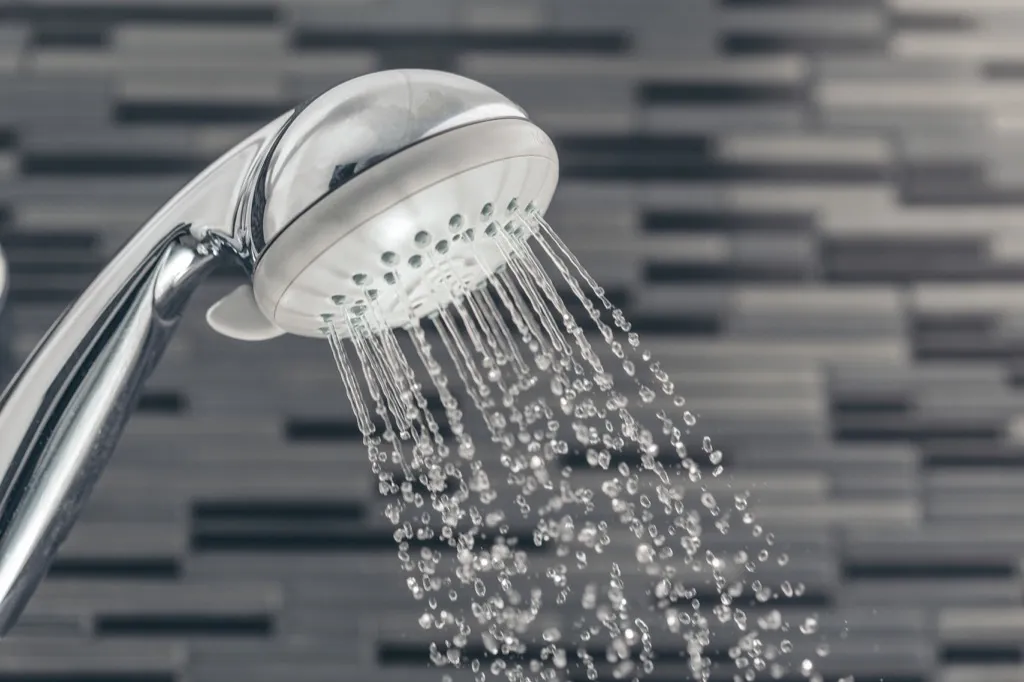
That awful old shower head barely delivering any water pressure can be replaced in just minutes. First, cover your drain opening to keep parts from falling down. Next, unscrew the old shower head’s nut with a pair of pliers, clean the threads on the shower head’s stem, and screw the new shower head on, running water through it to check for leaks. If it’s leaking at the base, tighten it further.
12
Clean grout

Dingy grout can make even the cleanest bathrooms look worse for wear. To combat this problem, give your grout a good cleaning with a mixture of hot water and vinegar. Let this sit for 10 minutes, and come back to clean with a soft toothbrush.
13
Hang something on plaster

There’s a simple way to hang things on plaster walls without triggering an unsightly crack. First, make sure you’re using hangers intended for plaster. Using plaster screws and a stud finder, screw into a wall stud and make sure you’re screwing it deep enough so that it goes not only into the lathe and plaster, but the stud itself.
14
Bleed a radiator

If your radiators aren’t working properly or are making a high-pitched sound, it’s likely time to bleed them. First, turn off your heat. Next, open your radiator’s valves, and catch any falling water with a cup or cloth. When you’re finished, close the valves again, and repeat the process in another six months.
15
Replace a light fixture
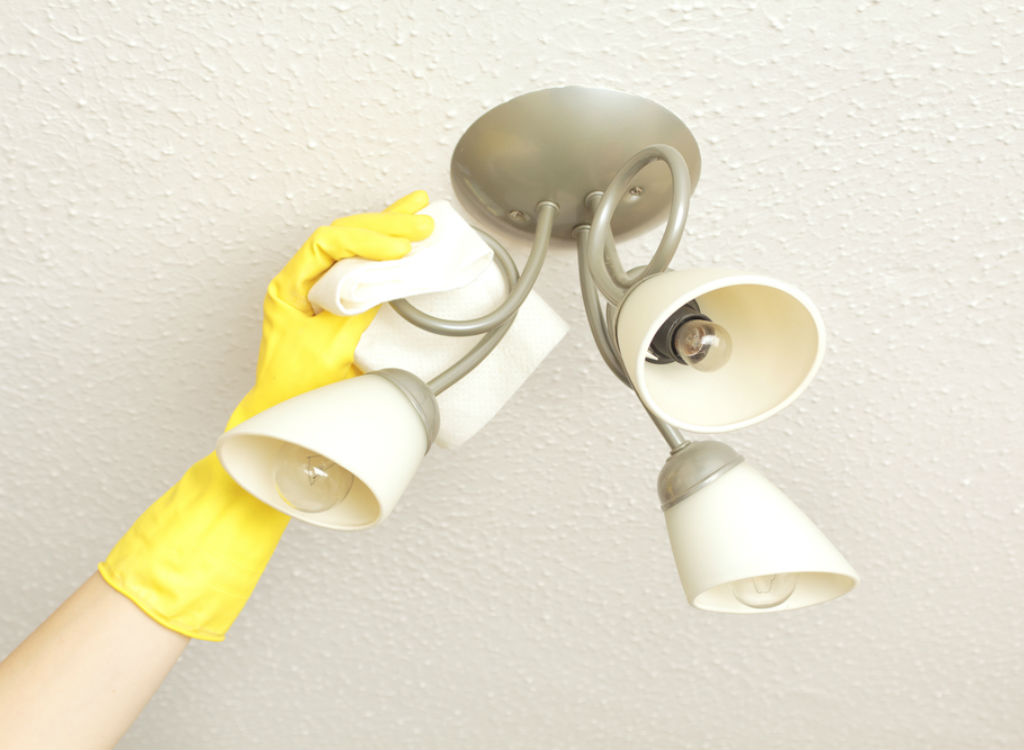
Upgrading an unsightly lighting fixture is easier than you might expect. After turning off the power, unscrew the existing light fixture. Next, attach your new fixture to the wires previously powering the old one (which goes where should be relatively obvious). Once that’s done, screw the light fixture into place, install your bulbs, and turn the power on to ensure it’s working.
16
Test a smoke detector
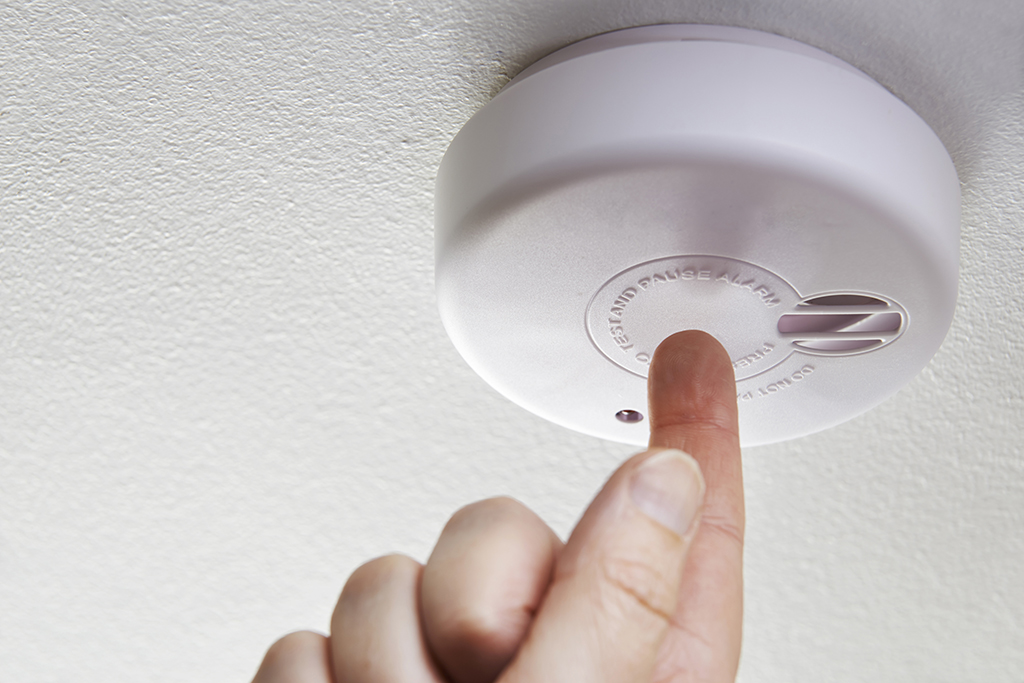
Smoke detectors save lives, but many people don’t know how to use them correctly. To ensure they’re working, test them by holding down the test button for a few seconds and waiting for the alarm to sound. If it doesn’t go off, replace the batteries, and make sure to do so again at least every six months.
17
Rewire a lamp
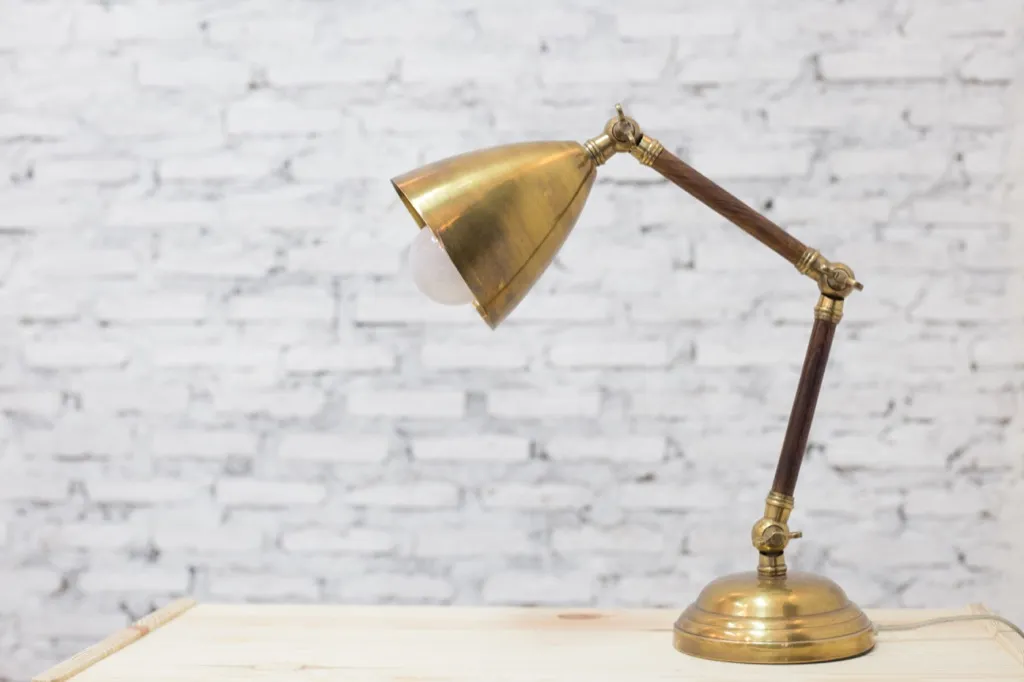
What once cost hundreds you can now do easily using a rewiring kit. First, remove the bulb and take off the bottom of the lamp. Next, remove socket where the bulb was once held. Pull the old wires out the bottom or top of the lamp, insert the new wiring, attach the hot and neutral wires to the new socket’s screws, tighten, assemble the new socket and put into place, and reattach the lamp bottom. Screw in a bulb, add the shade, and plug it in to test.
18
Hang curtains

While it may seem relatively simple, many people have more trouble than they should when hanging curtains. If you want to make your rooms look bigger and your ceilings taller, install your curtain rods a few inches above your window frame, making sure you’re using the right kind of screws for either plaster or drywall first.
19
Build a fire in the fireplace

Building a roaring fire takes more than just a log and some matches. First, make sure the flue is open. Then, assemble your fire, stacking logs on top of the metal holder, and a combination of crumpled newspapers and kindling sticks below. Light the fire using a long match, and enjoy! And, to be extra careful, make sure the fire is completely out before you head to bed.
20
Program a thermostat

Properly programming a thermostat can not only make your home more temperate, it can save you money over time. Luckily, with new learning thermostats, it’s easier than ever to program the thermostat just once and let it figure out your preferred temperatures, ensuring your home is comfortable year-round.
21
Clean hardwood floors

Keeping those hardwood floors in tip-top shape requires more than just occasional sweeping. First, vacuum the floors using a soft brush attachment to prevent scratches. Next, using a hardwood-specific cleaner, mop the floors with a disposable microfiber cloth, ensuring there’s no standing product left on the floor that could warp the wood. If there’s any extra product left over, wipe it up with a dry towel and move on.
22
Get rid of mice

Snap traps aren’t the only way to rid your house of vermin. First, check for any gaps in your siding, rotting wood, or areas where mice could otherwise enter your home. Once those are taken care of with some replacement wood or siding, fill up any remaining holes with steel wool. For gaps around electrical outlets or windows, use caulk to fill them in. And, if all else fails, a baited Have-a-Heart trap works wonders.
23
Remove a broken lightbulb

Think that broken lightbulb means your lamp’s a goner? Think again. After turning off the lamp and unplugging it, use half a potato and press gently so that the shards of the broken bulb dig into it. Turn the potato counterclockwise, as you would to typically unscrew a bulb, doing so until the entire bulb stem is out. Allow the lamp to dry completely before adding a new bulb and plugging back in.
24
Install a window AC
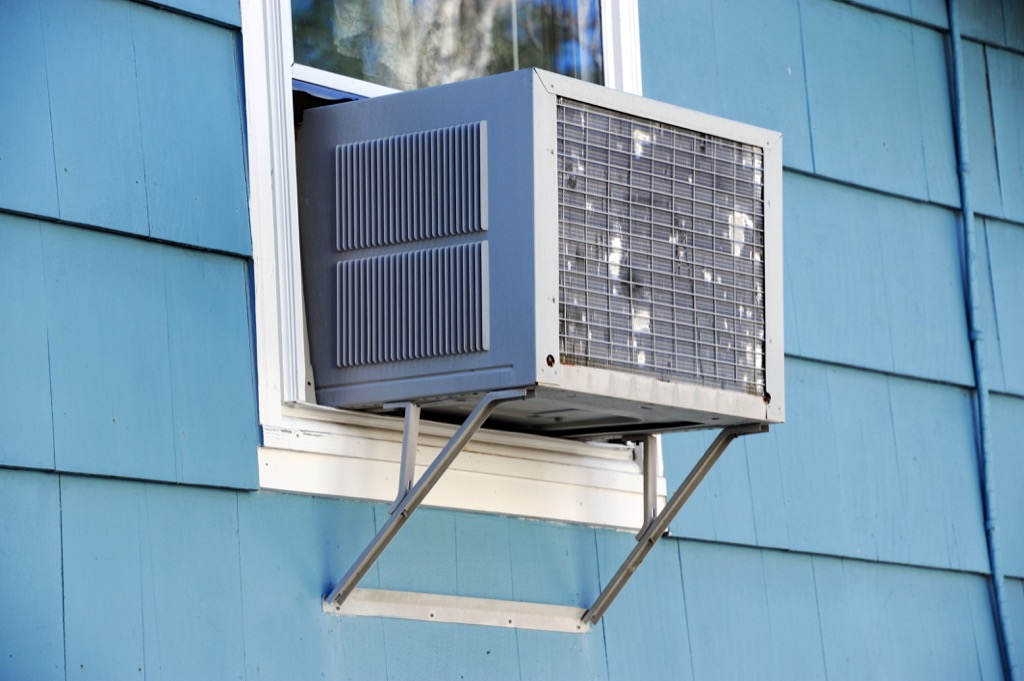
A falling window unit could set you up for not just property damage, but a lawsuit, too. Fortunately, it’s easy to add a window air conditioner quickly and easily. After screwing in the top rail and the side filler panels, set the window unit in the window so that the lower exterior rail is appropriately engaged by the window’s exterior lip, and the top rail is held securely in place with the window’s lower pane. Next, attach the side panels by screwing them into frame locks at the bottom and into the window itself, and then attach the upper sash locks to the upper portion of the lower window panel.
25
Pressure wash your siding
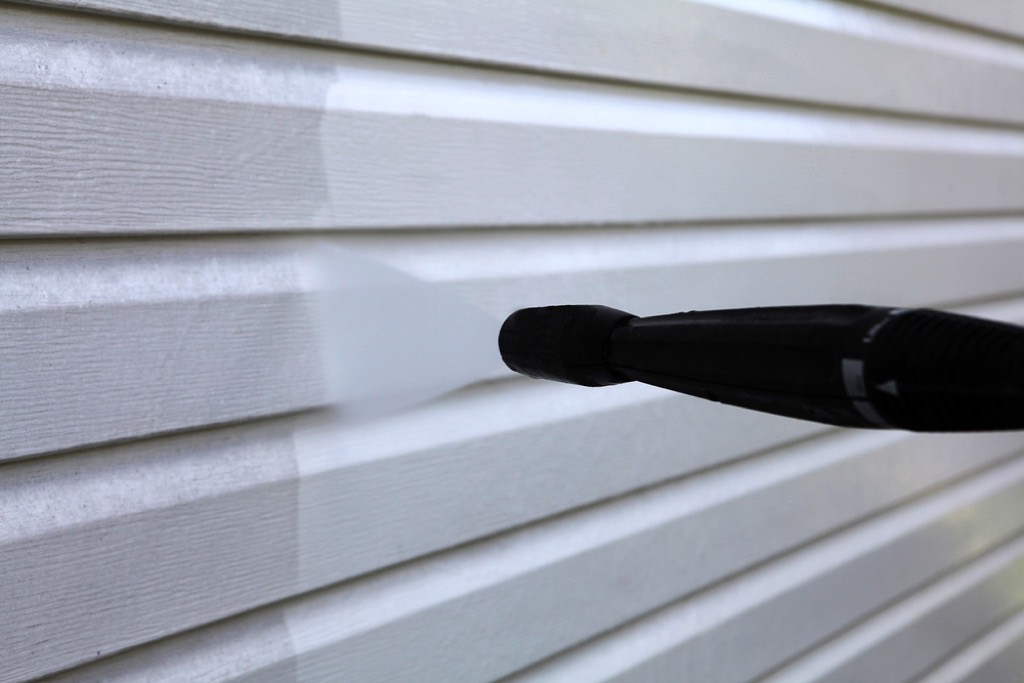
To properly pressure wash your home, make sure to first clean your siding with an appropriate detergent—they make them for vinyl, wood, stucco, stone, and aluminum. After you’ve washed with detergent and let it sit for 10 minutes, wash it off using a telescoping wand, ensuring that you’re not spraying upwards, where water could get between gaps in siding and cause rot.
26
Reset an outlet
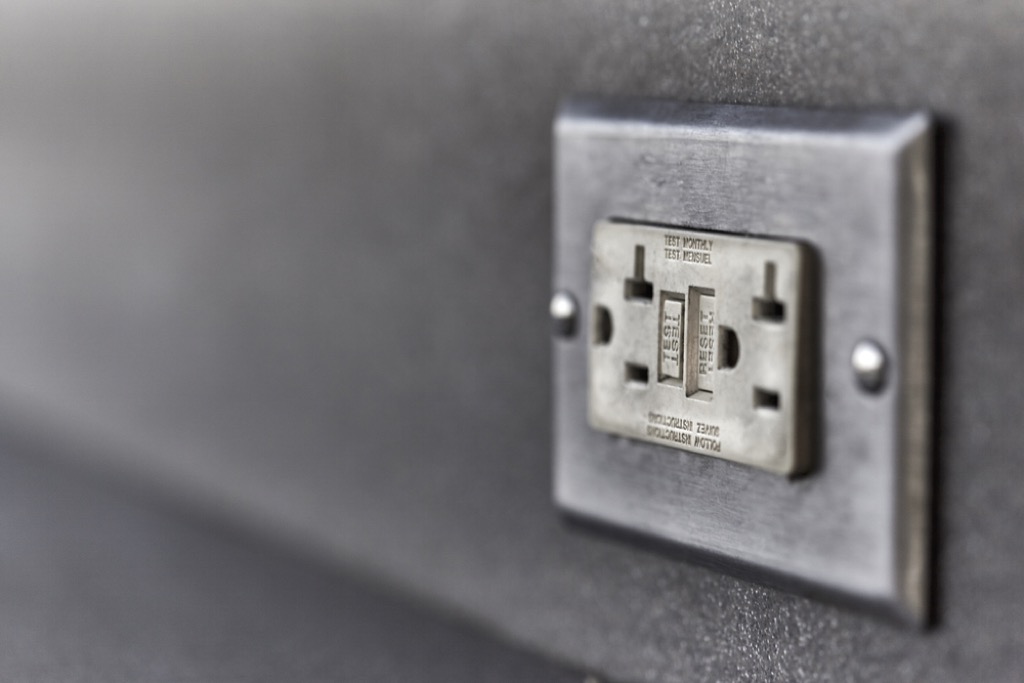
Is your electric toothbrush no longer charging? Does that blow dryer refuse to blow? If so, it’s time to reset your GFCI outlet. Fortunately, this one is simple: just press the reset button in the center of the outlet and it should get things started again.
27
Turn off your gas line
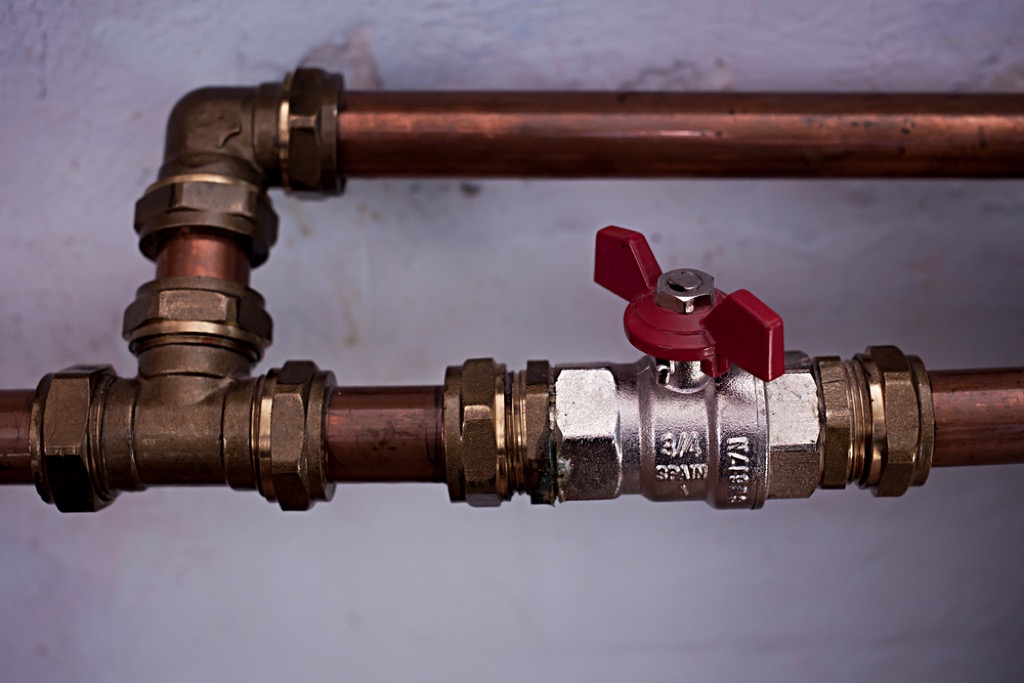
In case of an emergency, it’s always good to know how to reduce your risk of a fire by turning off your gas line. First, locate your gas meter and find its shutoff valve, usually located on a pipe running into the meter. Using a wrench or pliers, turn the valve from a vertical position to a horizontal one and the gas should stop its flow.
28
Clean laminate flooring

Don’t risk destroying those laminate floors by cleaning them wrong. After sweeping or vacuuming using a hard floor attachment, lightly spray a laminate floor cleaner on your floors and move it around with a microfiber pad mop in the direction of the laminate’s grain. What you don’t want to do: Use a traditional mop and bucket. This will get your floors too wet and leave them looking hazy, or worse, warp them.
29
Shut off your water
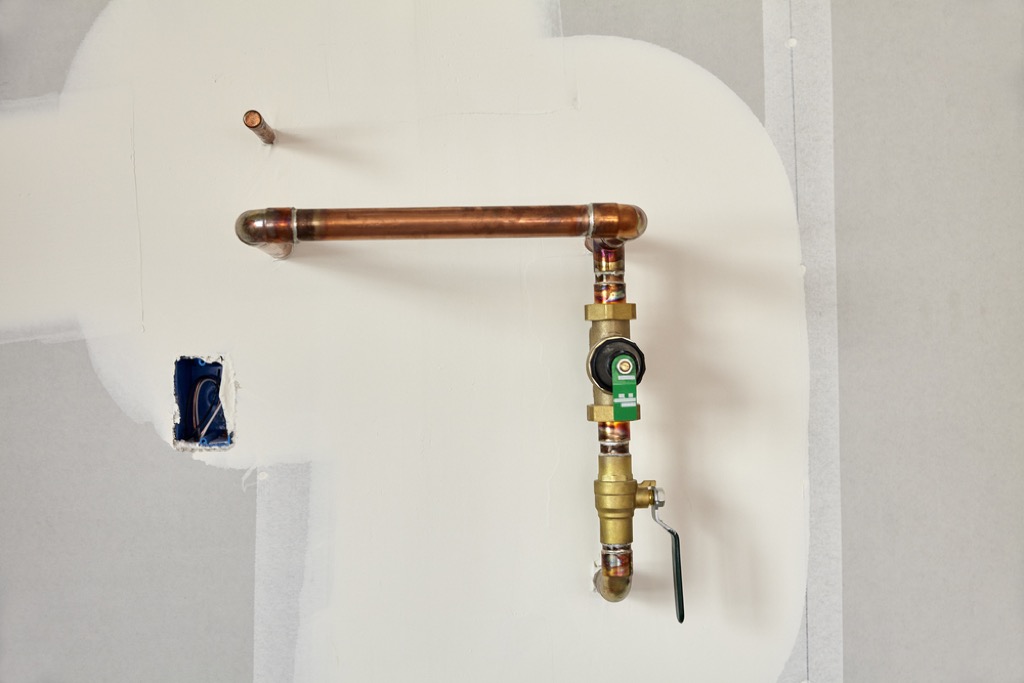
Whether you’re replacing a faucet or fixing a leak, it’s important to know how to shut off your water first. First, look behind the sink in question—in many cases, the water shutoff valves are attached between the sink and the wall and can be shut off with just a few turns. If you need to shut off the main supply, follow the pipe as it enters the house (often in a basement or crawlspace) and locate the shutoff valve. Either using your hand or a tool, turn the valve clockwise to tighten it and shut off the water flow.
30
Add weatherstripping
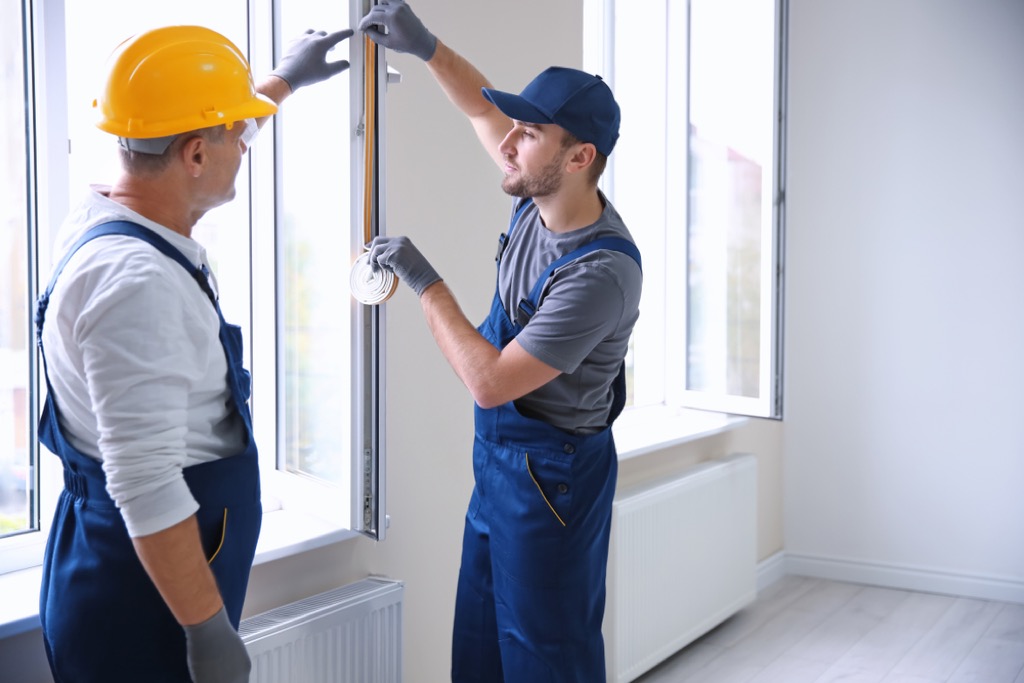
Windows and doors can be a major source of heat loss in your house, but weatherstripping can help. The good news? Easy-to-cut adhesive weatherstripping can be laid in the cracks around your doors or windows, helping you beat those drafts.
31
Descale a faucet.
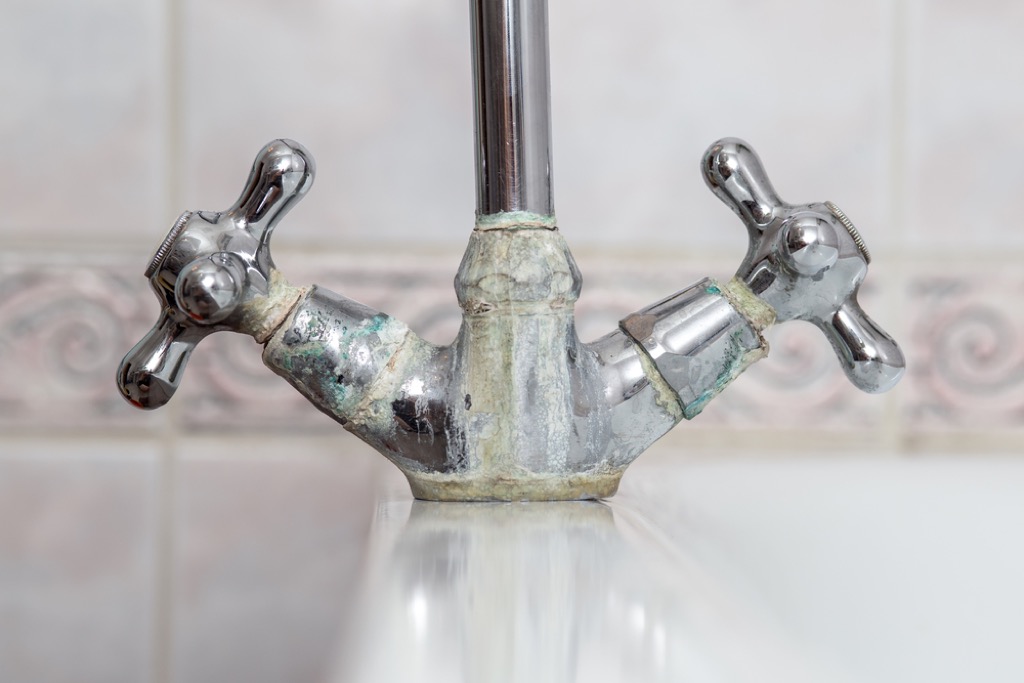
That lime scale build-up on your faucet is unsightly and could impact your water flow over time. Fortunately, there’s an easy fix: simply affix a sandwich bag full of vinegar to the offending faucet with a rubber band and let it sit overnight. When you return, you should be able to wipe off the lime scale easily.
32
Patch drywall
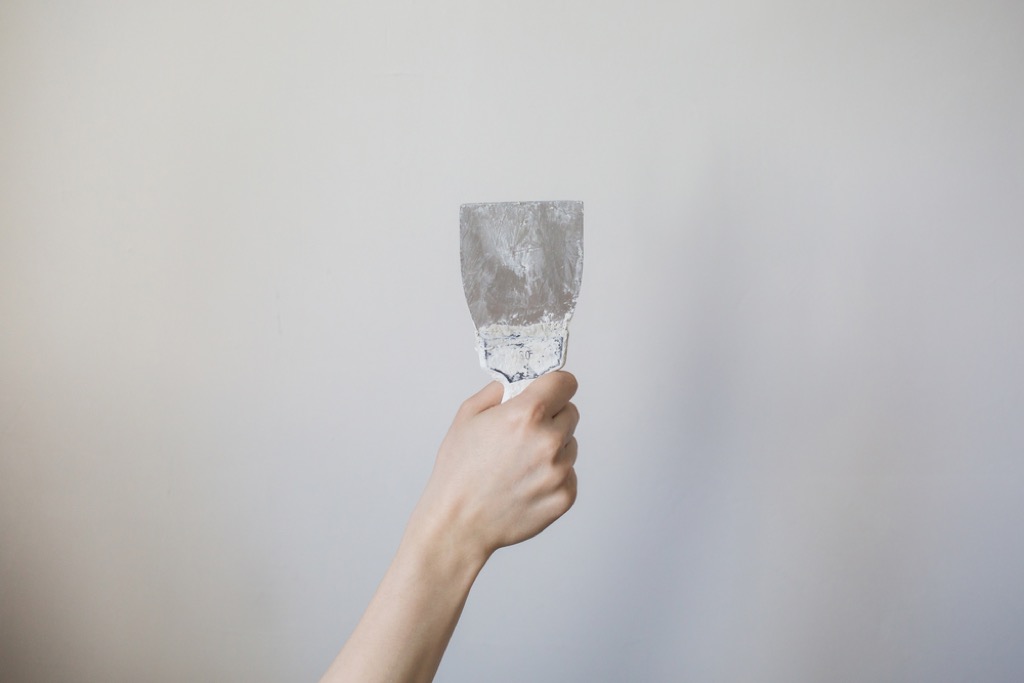
Getting rid of those unsightly holes in your drywall is easier than you may have imagined. After cleaning the surface, use a drywall patch to cover the hole, affixing it with joint compound, feathering the latter to help it blend seamlessly with the wall. Once it’s dry, sand it with fine grit sandpaper, repeat the joint compound process and sanding, and remove any dust before painting.
33
Replace a faucet

Following the same steps used to fix a leaking faucet, you can easily replace your outdated faucet with a more modern addition. Just make sure that you’ve shut off the water supply before getting started and that you’ve sufficiently tightened everything before use to avoid potential leaks.
34
Restore power after blowing a fuse
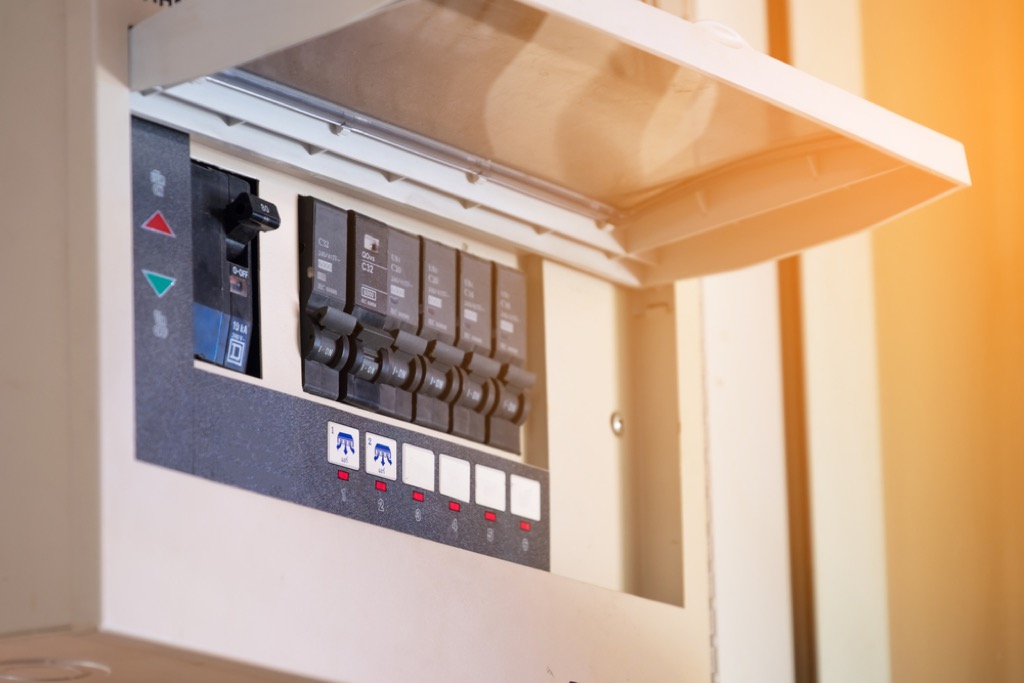
So, running your blow dryer, space heater, and fog machine at the same time wasn’t a smart idea. Luckily, there’s a simple fix: find your circuit breaker (often located in a basement or utility closet) and find the switch or switches that are flipped in the opposite direction of the others. Flip them back into the right position and it should restore power. And if you live in a home with glass fuses, unscrewing the affected fuse and replacing it with a new one should fix the problem.
35
Replace a lock
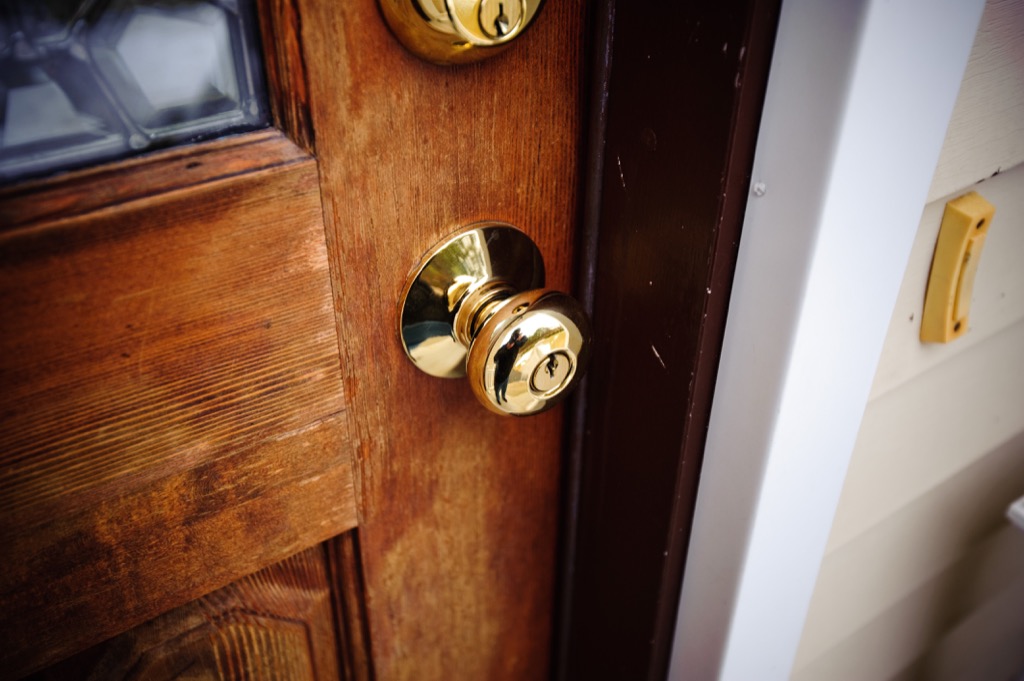
Whether you didn’t get new locks when you moved or are just upgrading your security, everyone should know how to install a new lock by age 40. After unscrewing the existing lock and removing the deadbolt, insert the new deadbolt and screw it into place. Next, add the new lock components, making sure the two parts on either side of the door connect through the deadbolt and screw them into place. Test the lock, and voila! A safer home for just a few bucks.
36
Change air conditioner filters
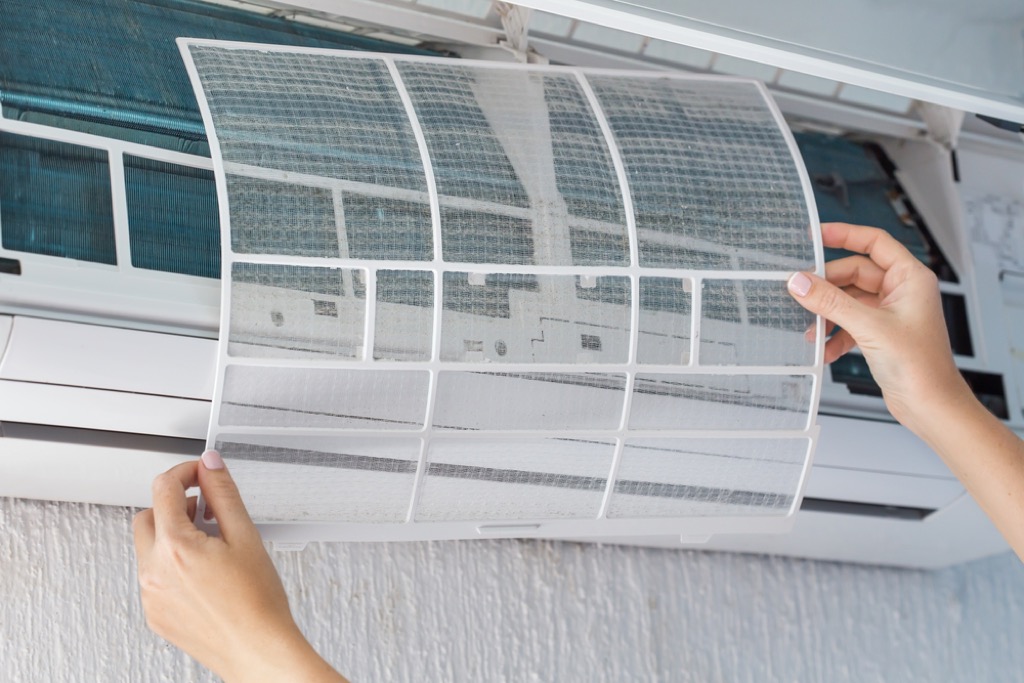
If you’re suffering from seasonal allergies even inside the house, your dirty air conditioner filters could be to blame. If you’ve got mini-splits, pop the cover off, remove the filters, wash them (some are even dishwasher safe), dry them thoroughly, and simply pop them back into place. For central air, pop off the grate, vacuum the filters clean, and replace them.
37
Replace an outlet cover
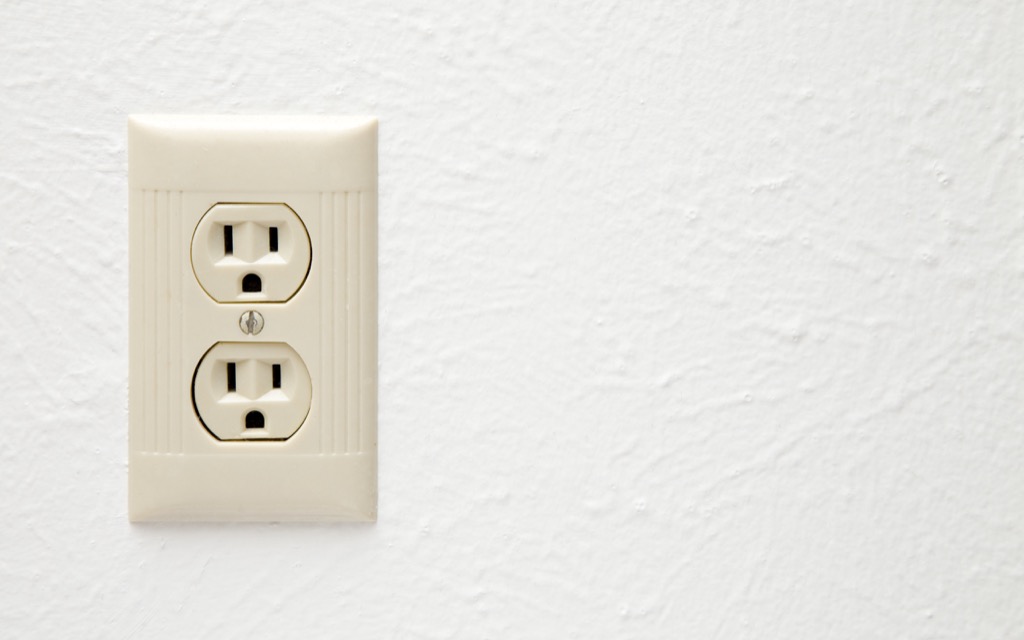
That cracked outlet cover is making your whole room look worse for wear, but you can replace it in mere minutes. After shutting off the power to your outlet, unscrew the existing faceplate, clean off any dust that may have accumulated behind it, and screw a new one on in its place.
38
Caulk windows
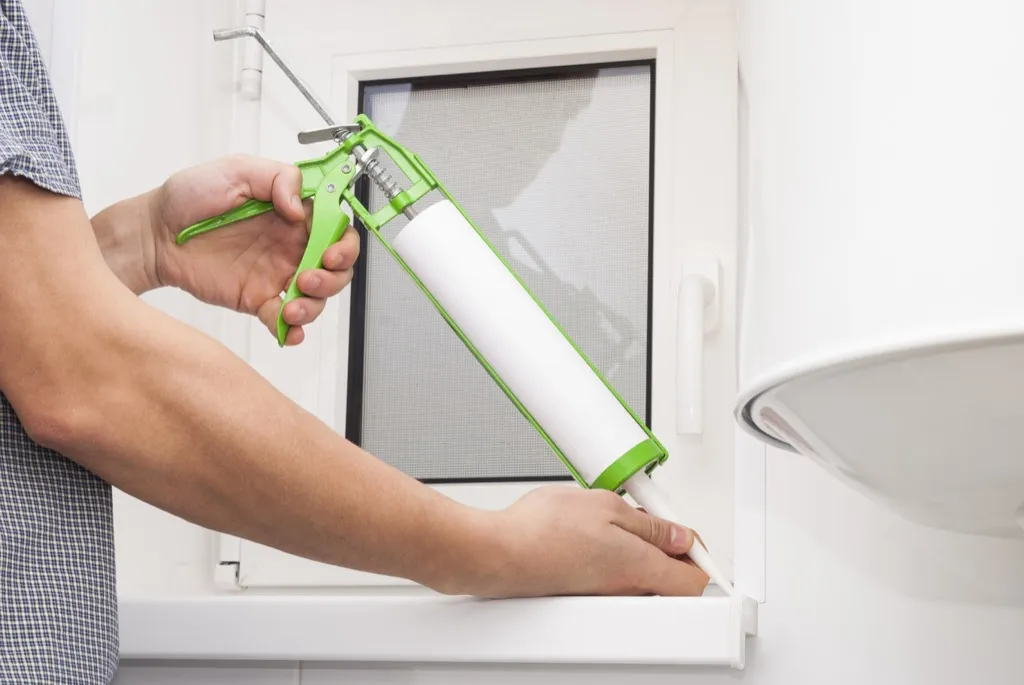
If you always feeling a draft when you sit near your windows, or if bugs are getting inside, it’s time to practice your caulking skills. After cleaning the area, lay down painter’s tape, pipe the caulk into the gap, and smooth with a caulking tool or soft, lint-free cloth. Allow to dry overnight and you’ll have a draft-free surface in no time.
39
Properly hang a painting

Don’t reply on someone else to hang those priceless pieces of art and family mementos on your walls. First, decide where you want the piece to go, using a tape measure to ensure that it will be properly centered on your wall. Using a stud finder, find a stud to attach it to, and make a mark where the picture hanger will go. To ensure it’s straight, balance a level atop the picture before you hang it, and once the level is balanced, hammer in your nail.
40
Anchor furniture to walls

If you want to make your furniture more secure and your home safer, it’s time to learn how to attach furniture straps. Fortunately, all it takes is screwing these heavy-duty straps into your furniture and attaching the other end into your walls using the appropriate screws, while maintaining adequate tension on the strap to ensure that your pieces don’t tip too close to the ground.
To discover more amazing secrets about living your best life, click here to follow us on Instagram!